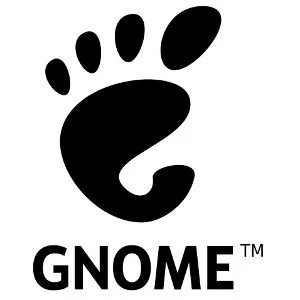GTK4's Broadway HTML5 Backend Coming Back To Ubuntu, Debian

Ubuntu 21.10 and 22.04 LTS didn't ship with the GTK4 Broadway back-end support while Ubuntu 21.04 did provide gtk4-broadwayd. Upstream in Debian they disabled it over the apparent lack of use. When GTK 4.4 was uploaded to the archive it was noted:
Disable Broadway (HTML) backend. It isn't clear whether this is used in practice. If we disable it now, enabling it later if requested will not be an ABI break, but if we enable it now, we have to keep it enabled indefinitely.
So who is actually using this GTK HTML5 back-end? It turns out there are a few users at least. Pidgin instant messaging app developers rely on the Broadway code for running their unit tests. Both the Cambalache and Deckard apps also make use of it.
Cambalache
Cambalache is a rapid application development (RAD) tool for GTK 3/4 with a MVC design and data model first approach. Deckard meanwhile is a web-based Glade runner.
The lack of GTK4 HTML5 Broadway support has been addressed upstream in Debian and also picked up for the upcoming Ubuntu 22.10. There had been this bug report going back to October of last year over the lack of Broadway support affecting Cambalache.
Any other interesting real-world uses of GTK Broadway out there? Let us know in the forums.
7 Comments

